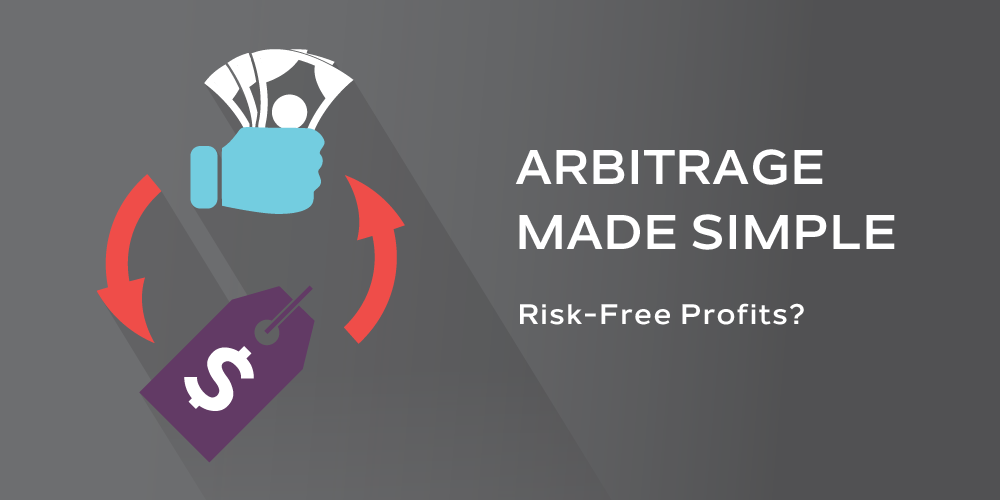
Arbitrage is the simultaneous purchase and sale of an asset so you can take advantage of a difference in price. These opportunities are usually found in the same asset or similar assets that are traded in various locations or forms.
An arbitrage is the possibility of a risk-free profit after factoring in transaction costs. The old trading adage of buy low and sell high is what arbitrage is all about, except that with arbitrage you are looking for the opportunity to do both at the same time.
An example of a potential arbitrage opportunity in the futures market can be found in the big SP500 futures contract and the e-mini SP500 futures contract. These contracts are fungible but trade with different tick sizes. The big contract trades at .10 point increments while the mini trades in .25 point increments. One big contract equals five of the mini contracts. Any discrepancies in the prices between these two contracts could represent a possible arbitrage opportunity.
Can You Tell Me an Example of Arbitrage?
Here’s a quick one:
The big SP500 futures contract is quoted as 1980.10 at 1980.30. The e-mini SP contract is quoted as 1980.00 at 1980.25. If you were able to sell the minis at 1980.25 and simultaneously buy one big contract at 1980.10, you would have a risk-free .15 profit. (The difference between 1980.25 and 1980.10).
While the idea of a risk-free profit sounds enticing, capitalizing on any discrepancies in price is extremely difficult. Executing such a strategy does in fact come with significant risks even if it seems like a risk-free profit.
What if you were only able to execute one side of the trade? What if you sold the minis but then were unable to buy the big contract at the desired price? What if the minis start rocketing higher right after you sold them?
When it comes to trading, there is always risk and there is never any free lunch.
Even if you are able to execute a successful arbitrage trade, will any profit be enough to justify the risks and to cover your transaction costs?
Using the example above, a .15 profit on the big SP500 futures contract equates to a gross profit of $37.50. To make that profit, six contracts were traded and each contract will have associated exchange and clearing fees. That $37.50 gross profit could be cut by half or more after factoring in transaction costs.
While arbitrage opportunities do exist, such price discrepancies are usually corrected quickly. There are not only arbitrage traders that look to capitalize on such opportunities, but there are also highly sophisticated computer programs designed to seek out and attempt to profit from such opportunities. The arbitrage “window” opens and closes very quickly, and in modern markets such strategies may be very difficult to execute. In addition, the probability of profit in such strategies without extremely low transaction costs and lightning fast execution capability is close to zero.
So if you spot an arbitrage, you might need to act fast.










